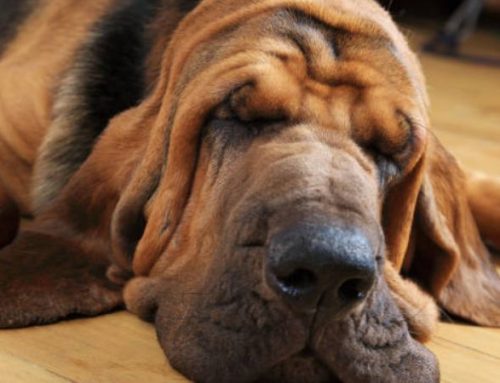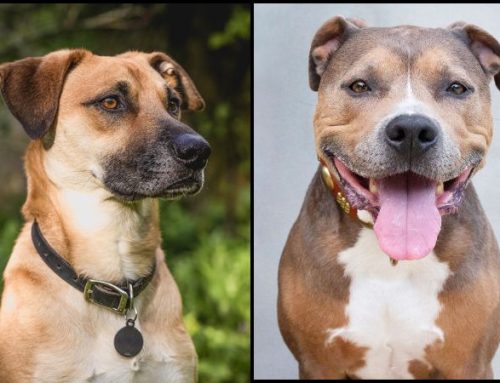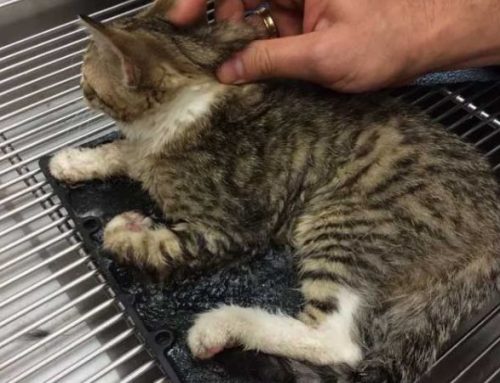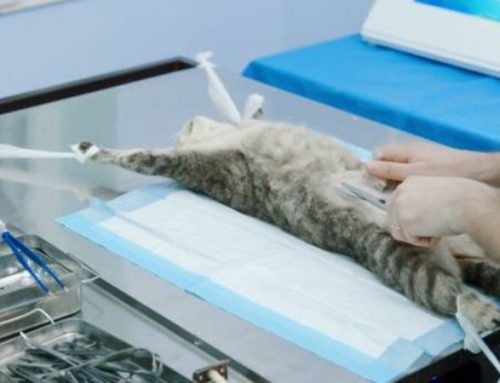Cats are curious and full of personality, often surprising us with their quirky behaviors. One moment they seem distant, and the next they’re rubbing their face against furniture—or even you—while purring contentedly.
If you’ve ever wondered, “Why is my cat rubbing her face on everything and purring?”, you’re not alone. Join Nexus-Pets as we explore the fascinating reasons behind this affectionate and scent-marking behavior.

Reasons Your Cat Rubs Her Face on Everything
Cats rubbing their faces on objects, people, or other animals is a common and natural behavior with several important meanings:
- Marking Territory and Objects: Cats have scent glands on their cheeks, chin, and head. When they rub against objects, they leave behind pheromones that signal ownership and mark their territory. This helps them feel safe and familiar in their environment.
- Expressing Comfort, Trust, and Contentment: Rubbing can indicate that your cat feels relaxed and secure. By leaving her scent on objects or people she trusts, she is reinforcing a sense of comfort and well-being.
- Social Bonding: Face rubbing is also a way for cats to strengthen social connections. When she rubs against you or other cats, she’s sharing her scent to show acceptance, friendship, and group affiliation. This behavior helps maintain harmony in multi-cat households and fosters closeness with humans.
Sometimes, rubbing is a form of communication. Your cat may rub against you to get your attention, request petting, or indicate that she’s hungry or wants treats. Observing the context can help you understand what she is trying to convey.
Purring Explained
What Purring Signifies in Cats
Purring is one of the most recognizable and endearing behaviors in cats. While it is often associated with happiness and contentment, cats also purr in a variety of situations, including when they are relaxed, seeking comfort, or even experiencing mild stress or discomfort. Understanding the context of purring is key to interpreting what your cat is trying to communicate.
Connection Between Purring and Face Rubbing
Purring often occurs alongside face rubbing as part of a cat’s social and emotional communication. When your cat rubs her face on you while purring, she is expressing trust, affection, and a sense of security. This combination of behaviors strengthens the bond between you and your cat, while also reinforcing her scent markings in a positive, calming way.
Emotional and Physical States Associated With Purring
Cats purr during moments of contentment, relaxation, and social bonding, but purring can also serve as a self-soothing mechanism. For example, cats may purr when they are anxious, in pain, or recovering from injury. The act of purring can promote the release of endorphins, helping your cat feel calm and secure while maintaining a connection with her environment and companions.
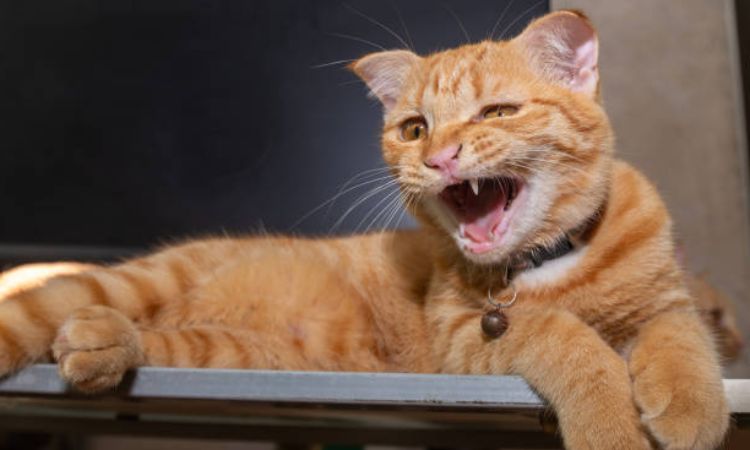
When Face Rubbing and Purring Might Indicate Issues
While face rubbing and purring are typically normal behaviors, excessive or unusual patterns can signal underlying concerns that deserve attention.
Excessive Rubbing and Territorial Insecurity
Sometimes, cats rub their faces more than usual not just out of habit, but due to feelings of stress or territorial insecurity. If your cat is persistently rubbing surfaces, people, or objects, it may indicate that she is trying to reinforce her territory to feel more secure in her environment.
Potential Medical Causes
Excessive rubbing and purring can also be linked to medical issues. Common possibilities include:
- Allergies – causing itchiness and discomfort that prompt rubbing.
- Infections – such as ear, dental, or skin infections, which can trigger increased rubbing.
- Pain or Discomfort – internal or external pain may cause your cat to seek relief through rubbing and may be accompanied by unusual purring.
Behavioral Changes to Watch For
Be alert to additional signs that might indicate a problem, such as:
- Sudden or intense increase in rubbing or purring
- Hair loss or skin irritation
- Changes in appetite or weight
- Unusual vocalization or lethargy
- Aggressive or withdrawn behavior
When to Consult a Veterinarian?
If your cat displays persistent or excessive face rubbing combined with any of the behavioral or physical changes above, it’s important to schedule a veterinary checkup. A veterinarian can examine your cat, rule out medical causes, and provide guidance on addressing any stress or behavioral concerns. Early intervention ensures your cat remains healthy, comfortable, and happy.
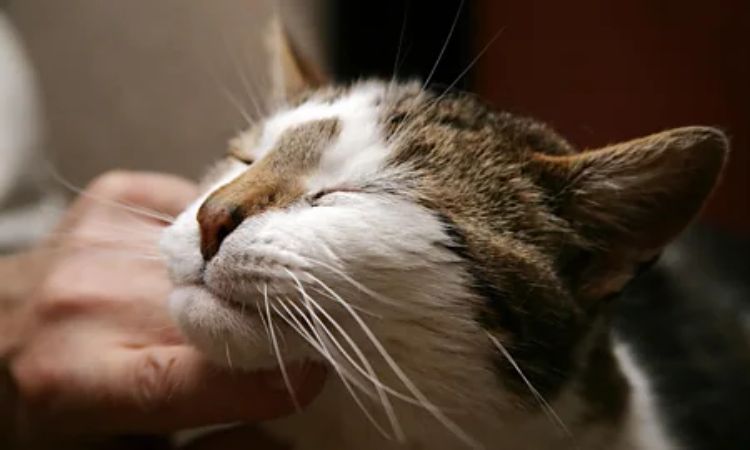
How to Respond as a Cat Owner
Responding thoughtfully to your cat’s rubbing and purring behaviors helps build trust, reduce stress, and ensure her well-being.
- Encourage Positive Interactions: Engage with your cat through gentle petting, interactive play, and attention when she seeks it. Using toys like wands or puzzle feeders provides stimulation while strengthening your bond. Responding to her cues appropriately teaches her what behaviors are welcomed.
- Create a Secure Environment: Cats feel calm and confident in a predictable, safe environment. Maintain consistent routines for feeding, play, and rest, and provide cozy spots, scratching posts, and hiding areas. Reducing sudden changes and environmental stressors helps prevent anxiety-driven behaviors.
- Monitor Health Closely: Pay attention to changes in rubbing, purring, or vocalizations. Excessive rubbing, hair loss, or unusual behavior may signal medical issues. Regular veterinary checkups help detect and treat potential health concerns early.
Products like pheromone diffusers or sprays (e.g., Feliway) can reduce stress and anxiety. These mimic natural feline pheromones, helping your cat feel secure—especially during household changes, multi-cat dynamics, or over-rubbing episodes.
See more related articles:
By recognizing these positive signs, you can feel confident that your cat is happy and at ease in her environment. Keep cherishing these moments of affection, as they are a clear sign of the deep trust and connection you share.


